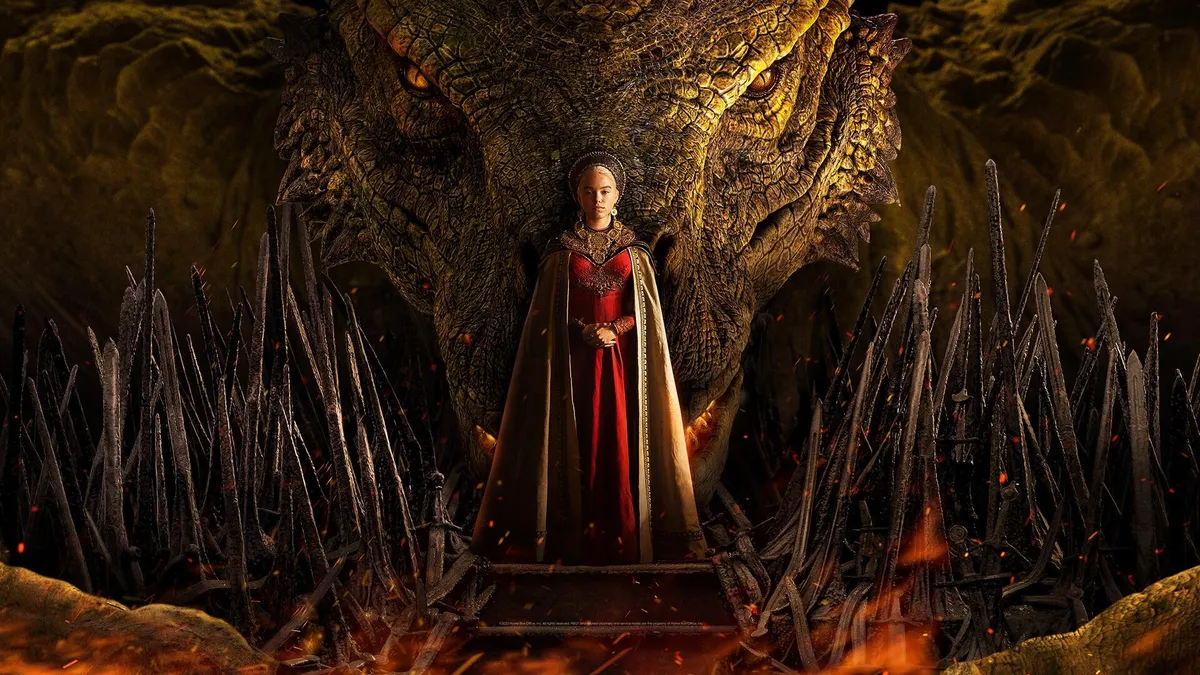It has been three years since our last foray into Westeros. Love it or loathe it, there is no denying the series finale of Game of Thrones was – shall we say – ‘divisive’. Thankfully, just enough time appears to have passed for all sins to be forgiven; at 10 million viewers, House of the Dragon was the most watched series premiere in HBO history.
A Global Success
The allure of George R.R Martin’s epoch-defining epic is clear to see. A rich tapestry of political manoeuvring, status clamouring, forbidden loves, and dragons! For anyone who felt GoT was a little light in the fire breathing department, worry not, HotD will feature no less than 17 dragons throughout the series; this is the peak of the Targaryen dynasty after all.
Yet, while dragons, battles, and questionable romances have come to define Martin’s legacy, they are not what makes his creation feel truly alive. That accolade goes to the regular inhabitants of Westeros. It is the melting pot of cultures, religions and, of course, distinct languages that make Westeros feel so like our own.
What is High Valyrian and Why Does it Matter?
GoT gave us a taste of the fictional high Valyrian language through the people of Essos and the dragon queen herself. However, as the mother tongue of the Targaryen dynasty, you can expect to find it featured even more prominently in HotD. Much more than a gimmick, the use of this language is integral to our understanding of the story.
Interestingly, High Valyrian is actually a fully fleshed-out language in its own right. Duolingo even has a course for learning to speak just like the Breaker of Chains – with a staggering half a million active learners. For us commoners, however, we will be interpreting these onscreen exchanges through the magic of translation and subtitling.
Localised High Valyrian Translations
Game of Thrones became the most licensed HBO series in history – broadcast in 207 countries at its peak and subbed in over 40 languages – and it is safe to assume House of the Dragon will achieve similar success.
With so much subtlety conveyed in every piece of dialogue, it is not only translation that is required to convey meaning but also effective localisation to ensure none of that meaning is muddied.
Say ‘Valar Morghulis’ to any fan and you can only expect one response; ‘Valar Dohaeris!’ Or, in English; all men must serve. Surely the translation must be the same all over the world? This is a fictional language after all. Not so. The German translation is actually slightly different; ‘All people must serve.’ The same is true of the Japanese translation.
A subtle difference admittedly, but with significant implications. A native English speaker may have no issue inferring that ‘men’ in this instance was meant to refer to ‘mankind’ in general. However, in a gendered language such as German, the same translation would be taken far more literally as ‘man’. Something we are sure Arya would take issue with.
The devil – or dragon – is in the details when it comes to effective translation and localisation, even when it comes to fictional languages such as High Valyrian. Me nem nesa – It is known.
For all translation, subtitling and localisation needs – from the Eastern coasts of Japan to the Western shores of Westeros – you can count on Webzlab. Check out our services.

